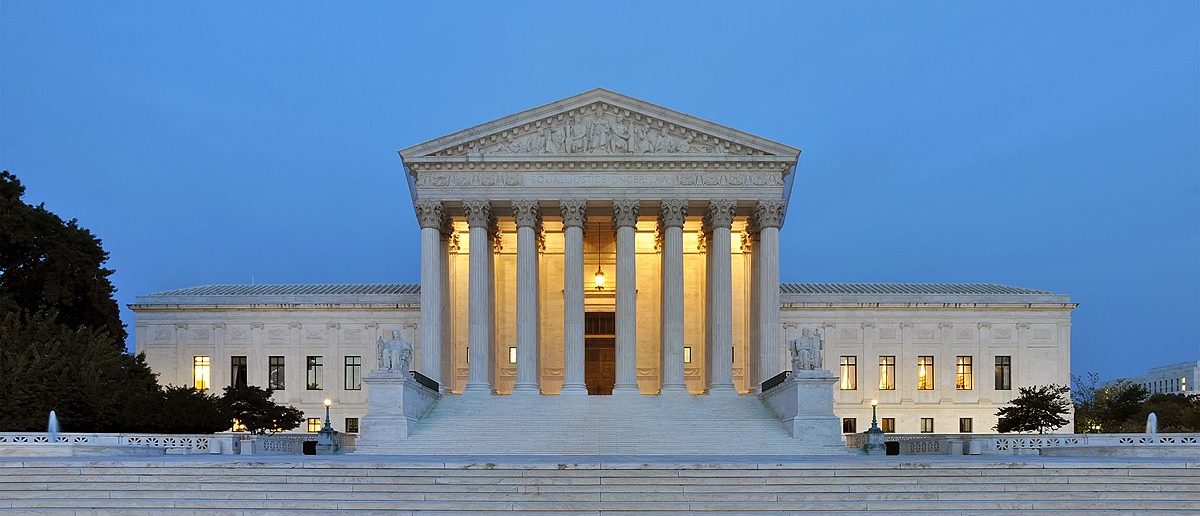Economy
Federal government estimates don’t reflect true costs of national pharmacare
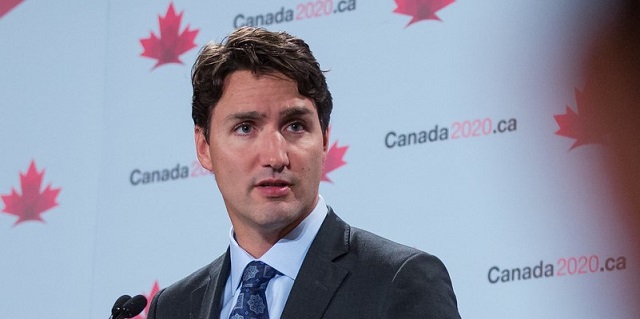
From the Fraser Institute
By Grady Munro and Mackenzie Moir
By borrowing to fund national pharmacare, the government can temporarily conceal the direct cost to Canadians, but Canadians inevitably must pay for this spending through higher taxes—something polling on national pharmacare suggests is a deal-breaker for many.
According to a new report from the Parliamentary Budget Officer (PBO), the price tag for the Trudeau government’s national pharmacare program is already expected to exceed the government’s original estimate. And the program will likely continue to grow more expensive.
In mid-April, the government reported the “first phase” of national pharmacare would cost $1.5 billion over five years, starting in 2024/25. For this first phase, which would “expand and enhance” existing public coverage of contraception and diabetes medications, the federal government must negotiate with each province and territory regarding the implementation of national coverage.
Yet just one month after the federal government released its cost estimate, the PBO now reports that this phase of national pharmacare will cost $1.9 billion over five years. In other words, before Ottawa has negotiated any deals with the provinces, the expected costs of national pharmacare have already increased by approximately $400 million.
It should come as no surprise. Since February, when the government and the federal NDP struck their pharmacare deal, the government has failed to acknowledge the program’s true costs. By borrowing to fund national pharmacare, the government can temporarily conceal the direct cost to Canadians, but Canadians inevitably must pay for this spending through higher taxes—something polling on national pharmacare suggests is a deal-breaker for many.
It’s also important to remember this is the first phase of national pharmacare, and the Trudeau government likely plans to further expand coverage to a list of “essential prescription drugs and related products.” Consequently, according to previous PBO estimates, costs of the fully-implemented program may reach $13.4 billion in annual federal and provincial spending by 2027/28.
Crucially, the cost estimates by both the federal government and the PBO fail to account for how Canadians and insurance organizations might respond to national pharmacare.
For example, in their most recent estimates they assume that nobody already covered by some type of drug insurance plan (this was 81 per cent of Canadians in 2019) will switch to the new national plan, or that no public or private insurers will adjust or renegotiate their plans. For Canadians previously insured privately but switch to the national plan, pharmacare will shift some portion of the costs currently borne by private providers onto the federal government. This will further increase the program’s price tag, which again is ultimately paid by taxpayers.
As the Trudeau government continues to implement national pharmacare, Canadians should be aware that current cost estimates don’t accurately reflect the true costs of the program. A larger-than-expected bill for Canadians is more than likely.
Authors:
Business
Outrageous government spending: Canadians losing over 1 billion a week to interest payments

 By Franco Terrazzano
By Franco Terrazzano
Massive borrowing, soaring interest charges unacceptable
The Canadian Taxpayers Federation is calling on the federal government to cut spending following Thursday’s Parliamentary Budget Officer report showing debt interest charges cost taxpayers $54 billion in 2024-25.
“The PBO report shows debt interest charges cost taxpayers more than $1 billion every week,” said Franco Terrazzano, CTF Federal Director. “Massive deficits mean interest charges cost taxpayers more than the feds send to the provinces in health transfers.”
The PBO projects the federal government’s deficit to be $46 billion in 2024-25.
Interest charges on the federal debt cost taxpayers $54 billion in 2024, according to the PBO’s Economic and Fiscal Monitor. For comparison, the federal government spent $52 billion through the Canada Health Transfer in 2024, according to the Fall Economic Statement. That means the government spent more money on debt interest payments than it sent to the provinces in health-care transfers.
A separate PBO report projects debt interest charges will reach $70 billion by 2029.
A recent Leger poll shows Canadians want the federal government to cut spending (45 per cent) instead of increasing spending (20 per cent) or maintaining current spending levels (19 per cent).
“Borrowing tens of billions of dollars every year is unaffordable and unacceptable,” Terrazzano said. “Canadians want
Automotive
Carney’s exercise in stupidity
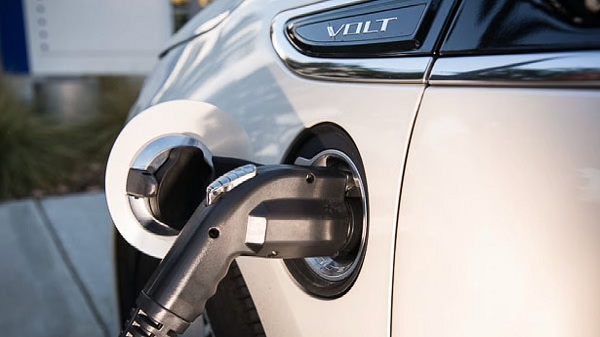
 By Dan McTeague
By Dan McTeague
This past Tuesday, the Conservative Party put forward a motion in parliament calling on the Liberal government to immediately end their ban on gas-and-diesel driven Internal Combustion Engine (ICE) vehicles, which will take full effect in 2035.
Arguing for the motion, Melissa Lantsman rightly said, “Nobody is denying people the choice to drive an electric car. There is nothing wrong with that. What is wrong is the government mandating that everybody drive an electric car.”
Unfortunately for all of us, MPs voted 194-141 to keep the EV mandate in place.
The vote itself is unsurprising, since, despite Mark Carney’s campaign-long insistence that he shouldn’t have to answer for the policies of his predecessor, he was a Trudeau advisor and confidant for years, and there is virtually no daylight between their governments on any major issue.
Still, this will be the first time that many Canadians even hear about the ICE ban, the implementation of which begins in earnest on January 1st, just about six months from now. At that time, the government will mandate that 20 per cent of all new light-duty vehicles (passenger cars, SUVs, and pickups) must be classified as “zero-emisson,” or Electric Vehicles (EVs).
How, you might ask, does the government expect automakers to ensure that, come January, one-out-of-five car-buying Canadians will choose to purchase an Electric Vehicle? Especially since consumers have been skeptical of EVs thus far, with just 13.7 per cent sold in Canada last year.
(And, as Tristin Hopper recently pointed out, even that number is misleading. “These sales are disproportionately concentrated in a single province…. Of the 81,205 zero-emission vehicles sold in Canada in the last quarter of 2024, 49,357 were sold in Quebec.” That’s 60 per cent!)
Well, the answer to that question is that manufacturers will be required to submit annual reports to the Ministry of Environment and Climate Change, detailing their compliance with the government’s EV targets. If they don’t meet their EV sales quota, they will face significant financial penalties.
To avoid those penalties, automakers will be forced into one option. As Conservative MP Cheryl Gallant explained, “How will carmakers ensure they sell enough electric vehicles? They will do it by drastically raising the price of internal combustion vehicles!”
That’s right, their only option will be to start increasing the price of the cars and trucks Canadians want to buy, in order to force us to buy ones we don’t want to buy.
This is madness.
To reiterate what I’ve said over and over and over again, the Liberals’ EV mandate is bad policy.
It forces Canadians to buy a product that is expensive. EVs cost more than ICE vehicles, even factoring in the government subsidies on which the EV industry has perpetually relied. Ottawa’s $5,000-per-EV rebate program ran out of money six months ago and was discontinued, at which time EV numbers really began to fall off, which is why the Liberals stated desire to toss more tax dollars at bringing it back.
And it forces us to buy a product that is poorly suited for Canada. EV batteries are bad at holding a charge in the cold, and are just generally less reliable.
We don’t have the infrastructure to support this EV transition. Our electrical grid is already strained, and doesn’t have the capacity to support millions of EVs being plugged in nightly, especially as the Trudeau/Carney Liberals progressively push us to replace reliable energy sources, like oil and natural gas, with unreliable “renewables.”
On top of all that, where do they think we’re going to get all of these glorified golf carts they’re trying to force on the Canadian public? Even with the estimated $52 billion that the Trudeau and Ford governments have thrown at the industry to subsidize the manufacture of EVs in Canada, we don’t make anywhere near enough EVs to support a full-transition.
That’s likely why left-leaning outlets have started calling on Mark Carney to lift the tariff on Chinese EVs. Taking advantage of EV mandates might be smart business for China — flood the markets of gullible nations with EVs which are cheaper than what domestic manufacturers can produce, and then jack up the price once the mandates are fully implemented and they have no competition from either traditional vehicles or other EV companies.
But us going along with that scheme is the definition of bad business. Which is probably why our automakers have started to admit that the mandates are unrealistic and call for them to be repealed.
Tuesday’s vote went the wrong way for Canadians, but kudos to the Conservatives for bringing this motion forward in the first place. I only wish they had started talking about this sooner. A national campaign would have been the perfect time to call the country’s attention to a policy which people are only vaguely aware of and which, if enacted, will make all of our lives harder and more expensive.
But there’s no time like the present. The more Canadians hear about these EV mandates, the more they hate them. If we make enough noise about this, we might just be able to change course and avert disaster.
Here’s hoping.
Dan McTeague is President of Canadians for Affordable Energy.
-
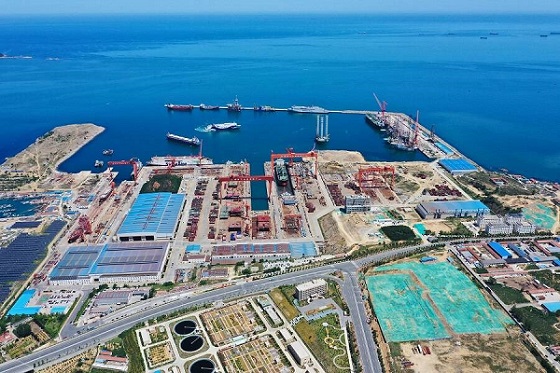
 Business2 days ago
Business2 days agoOttawa Slams Eby Government Over Chinese Shipyard Deal, Citing Security and Sovereignty Risks
-

 Automotive2 days ago
Automotive2 days agoCarney’s exercise in stupidity
-
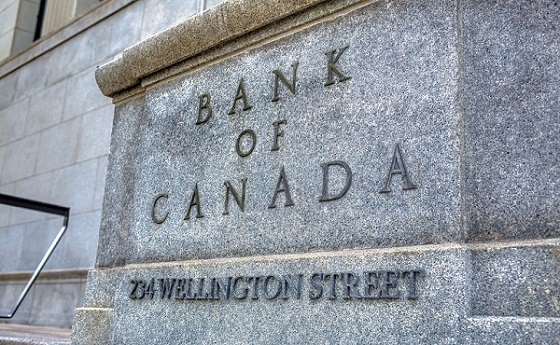
 Banks2 days ago
Banks2 days agoTop Canadian bank studies possible use of digital dollar for ‘basic’ online payments
-
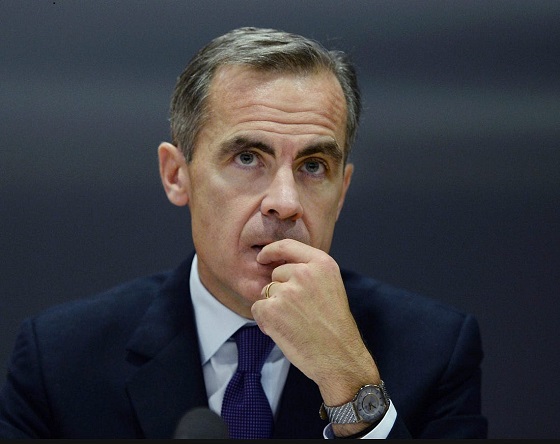
 National11 hours ago
National11 hours agoPreston Manning: “Appearing to Cope” – Is This The Best We Can Do?
-
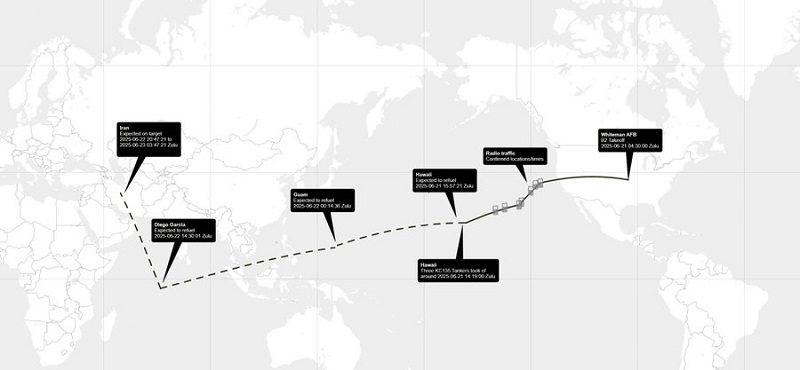
 International11 hours ago
International11 hours agoTrump’s Strike on Iran Reshapes Global Power Balance, Deals First Blow to Beijing and CRINK Axis
-
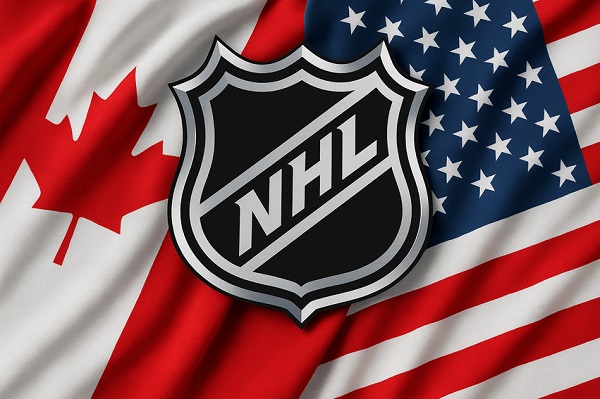
 Business22 hours ago
Business22 hours agoHigh Taxes Hobble Canadian NHL Teams In Race For Top Players
-

 Alberta2 days ago
Alberta2 days agoHigh costs, low returns – Canada’s wildly expensive emissions cap
-

 Energy14 hours ago
Energy14 hours agoEnergy Policies Based on Reality, Not Ideology, are Needed to Attract Canadian ‘Superpower’ Level Investment – Ron Wallace


